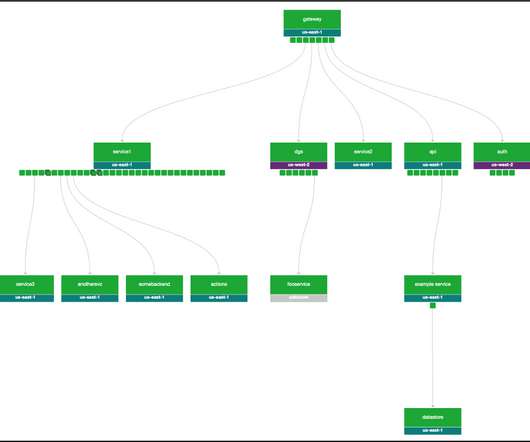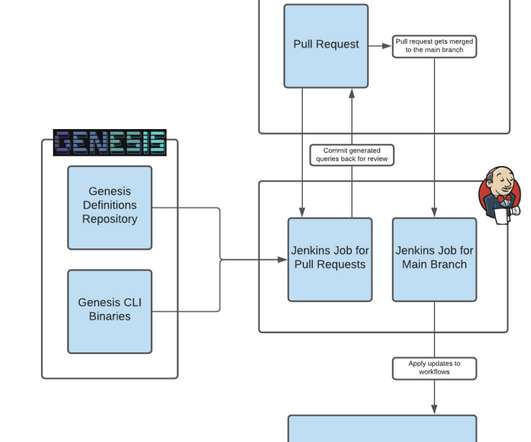Building Netflix’s Distributed Tracing Infrastructure
The Netflix TechBlog
OCTOBER 19, 2020
Now let’s look at how we designed the tracing infrastructure that powers Edgar. If we had an ID for each streaming session then distributed tracing could easily reconstruct session failure by providing service topology, retry and error tags, and latency measurements for all service calls.
































Let's personalize your content